May 28 - Sea to Sky Snow Conditions
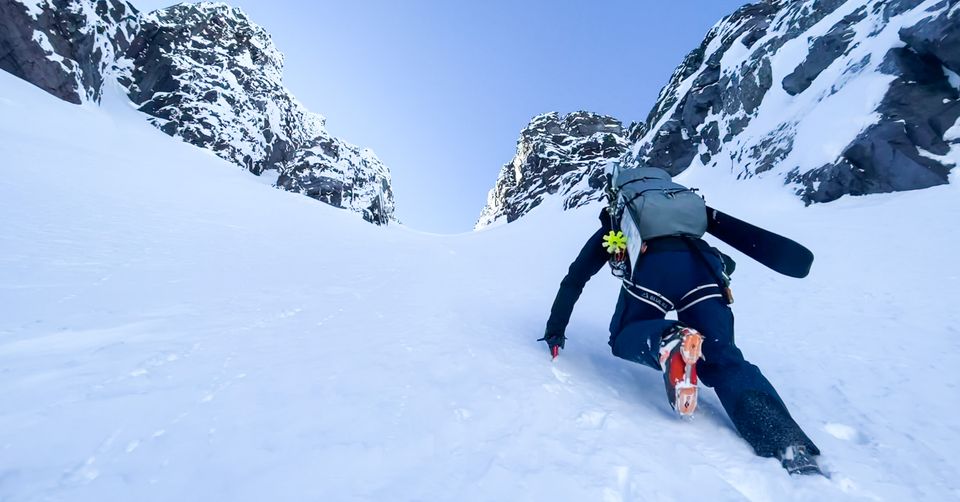
Our final newsletter of the 2022/2023 season! Read on for our take on summer snow conditions, where we’ve found the most recent skiing, and the plan for the newsletter going forward!
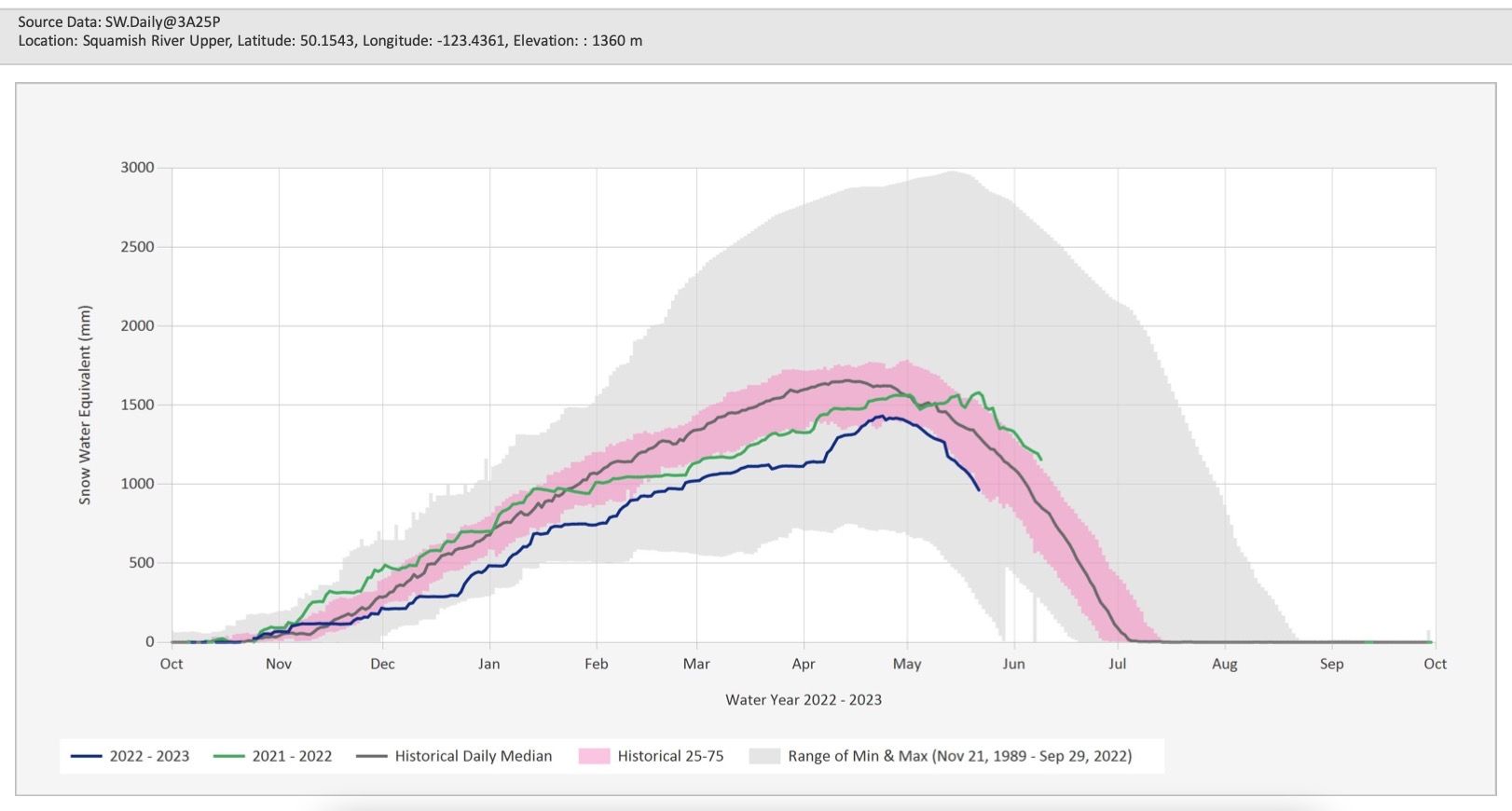
Nailing Those Summer Turns!
Will it be good skiing or an isothermal mess? This is the critical question on everyone’s mind as we roll through spring and into summer conditions. Often we don’t see temperatures dipping below freezing overnight so does that mean it’s going to be a soupy mess?
There’s a few factors that come into play here! First is the time of year and the type of snow. In early spring (March/April), the snowpack hasn’t gotten many melt-freeze cycles and the upper layer of the snowpack is fresh, dry grains of snow. When this very low density snow gets its first big melt that penetrates into the snowpack it can very quickly turn into isothermal soup. Here on the Coast, we saw this in early May when we had our first major warmup. Conditions at that time were very difficult with minimal nighttime crust formation and isothermal temperatures penetrating deeper and deeper into the snowpack every day. .
As spring wears on, and especially into summer, that snow has undergone many melt-freeze cycles and doesn’t have any fresh grains left. These crystals are now much bigger, denser, and more resistant to the effects of temperature and sun. So as we get into summer, the melt (and freeze) has a harder time penetrating the snowpack.
Temperature still does play an important role. An overnight low below freezing helps with setting up the crust and the daytime high will affect just how quickly things start melting in the morning. But even on relatively cold spring days, we can see melt-freeze occurring as a result of sun affect. Similarly, we see crust recovery overnight when the lows don’t dip below freezing. This is the result of radiative cooling from the snowpack! Cold temperatures are locked in the mid-snowpack (it’s literally ice, remember) and these permeate upwards to the surface of the snowpack and into the surrounding air. Here’s an actual technical description of this process.
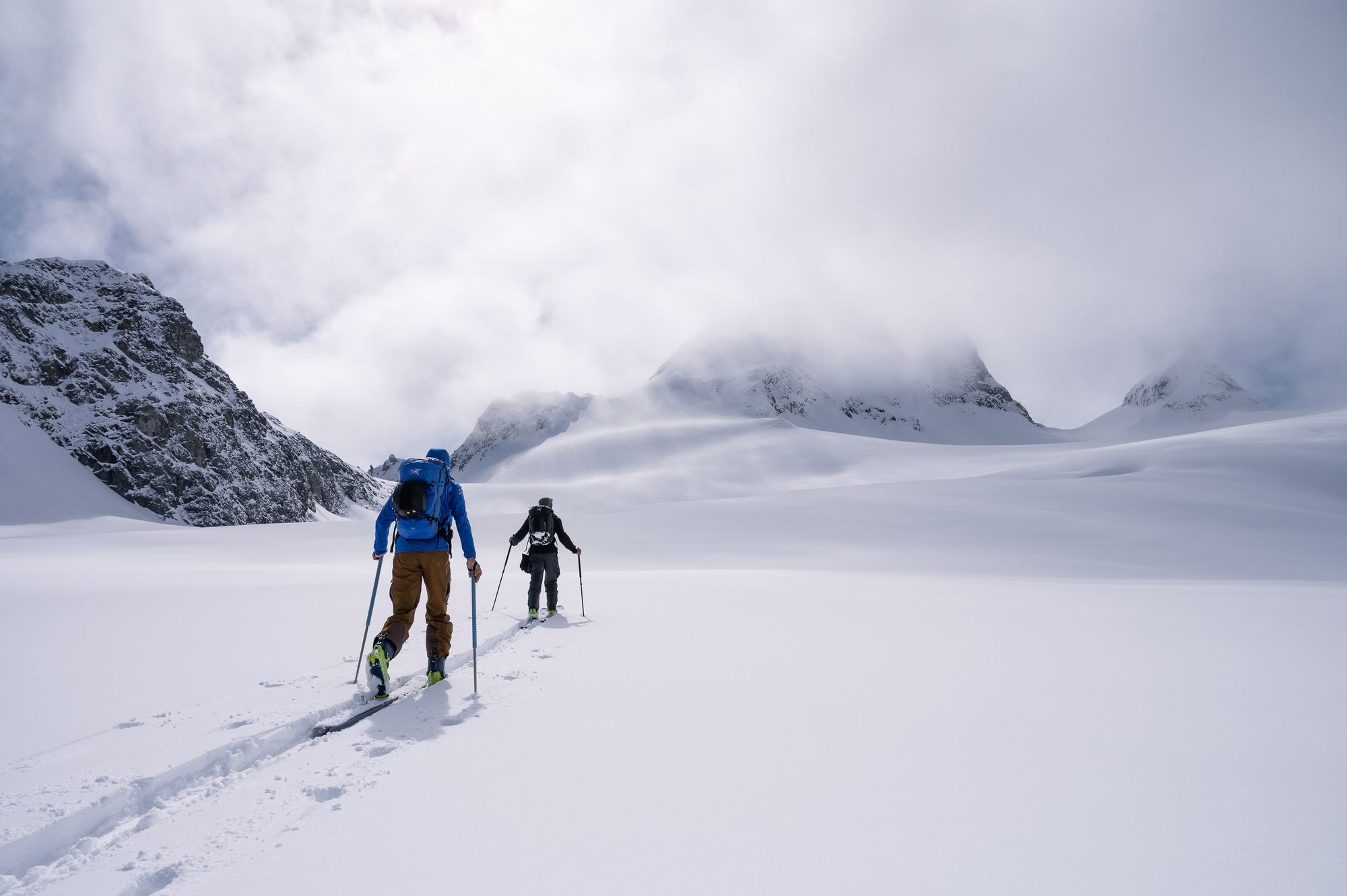
One of the critical components of this is cloud cover. Clouds obviously inhibit sunshine and the resultant radiation that creates corn but they also act as insulators at night and prevent cooling and crust formation. The biggest factor for me when deciding on conditions for spring skiing is cloud cover. If I see a clear night in the forecast, I generally assume that there will be crust recovery. If I see clouds, I assume it could be as slushy as it was the previous day and then decide if that is tolerable or not!
Of course aspect plays a big part in the spring ski decision making process as well. Solar (southwest through southeast) aspects will see sun earlier in the morning and the north aspects will stay frozen longer. Protected walls might help reduce sun exposure so may factor into your aspect calculation.
Where We've Been Skiing:
We’ve been doing a lot more running, climbing, and riding these days but still have gotten a bit of skiing up in Pemberton where skiable snow is close to 1700m, and around Squamish where skiable snow is closer to 1400m. Almost every zone in the corridor requires some walking at this point with the exception of the Hurley FSR which does have skiable snow from the road (for now). We've heard reports from Baker and Rainier that conditions are still skiable on some routes but melting out fast with glaciation becoming more challenging each day. These will soon be better climbing objectives than ski objectives.
In short, the snow line has been shooting up from the valley bottom quickly! The crux at the moment is finding roads that take you high enough to snow but aren’t washed out.

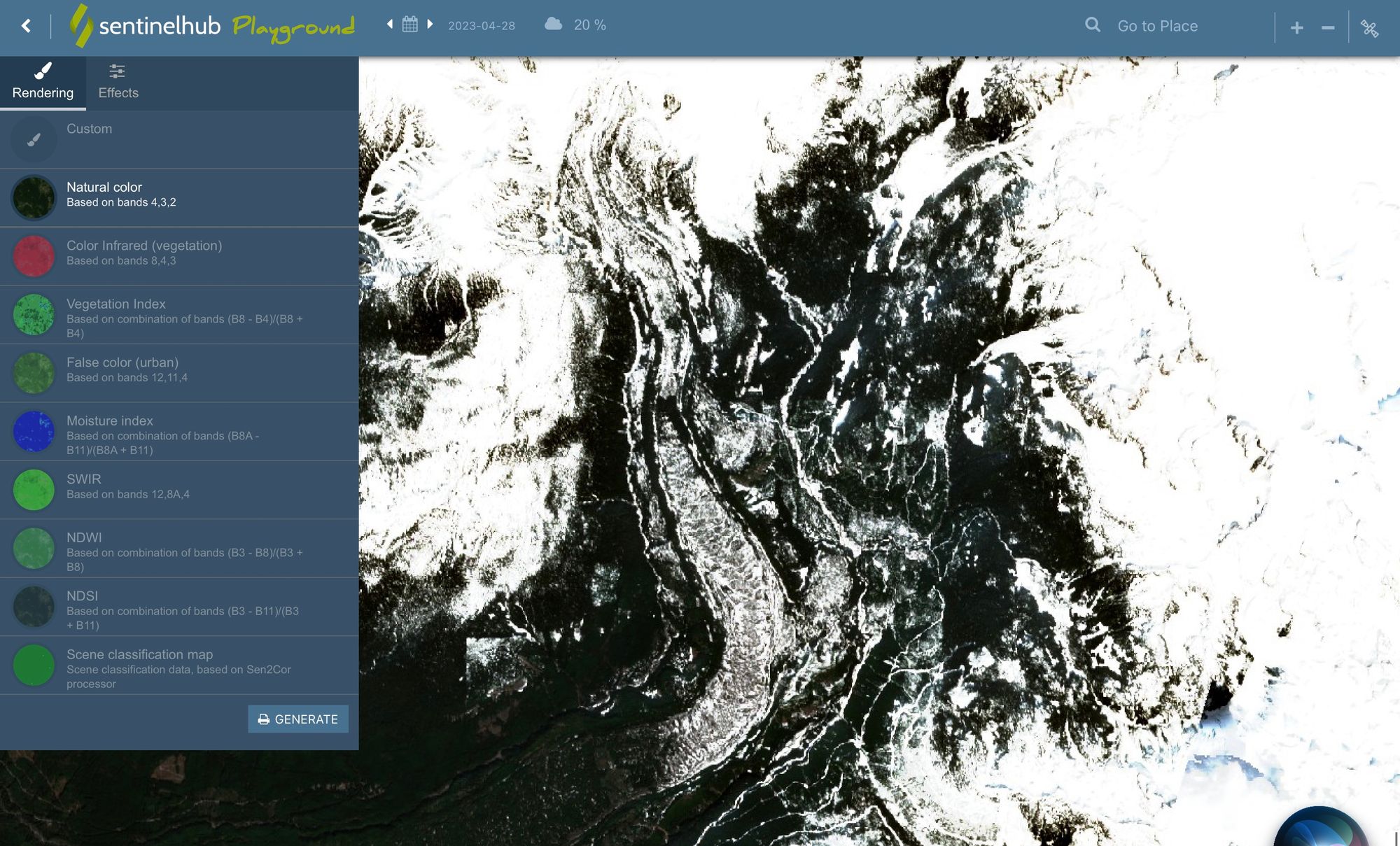
Alpine climbing conditions are coming around with parties reporting good travel on Tricouni's East Ridge and Sky Pilot!
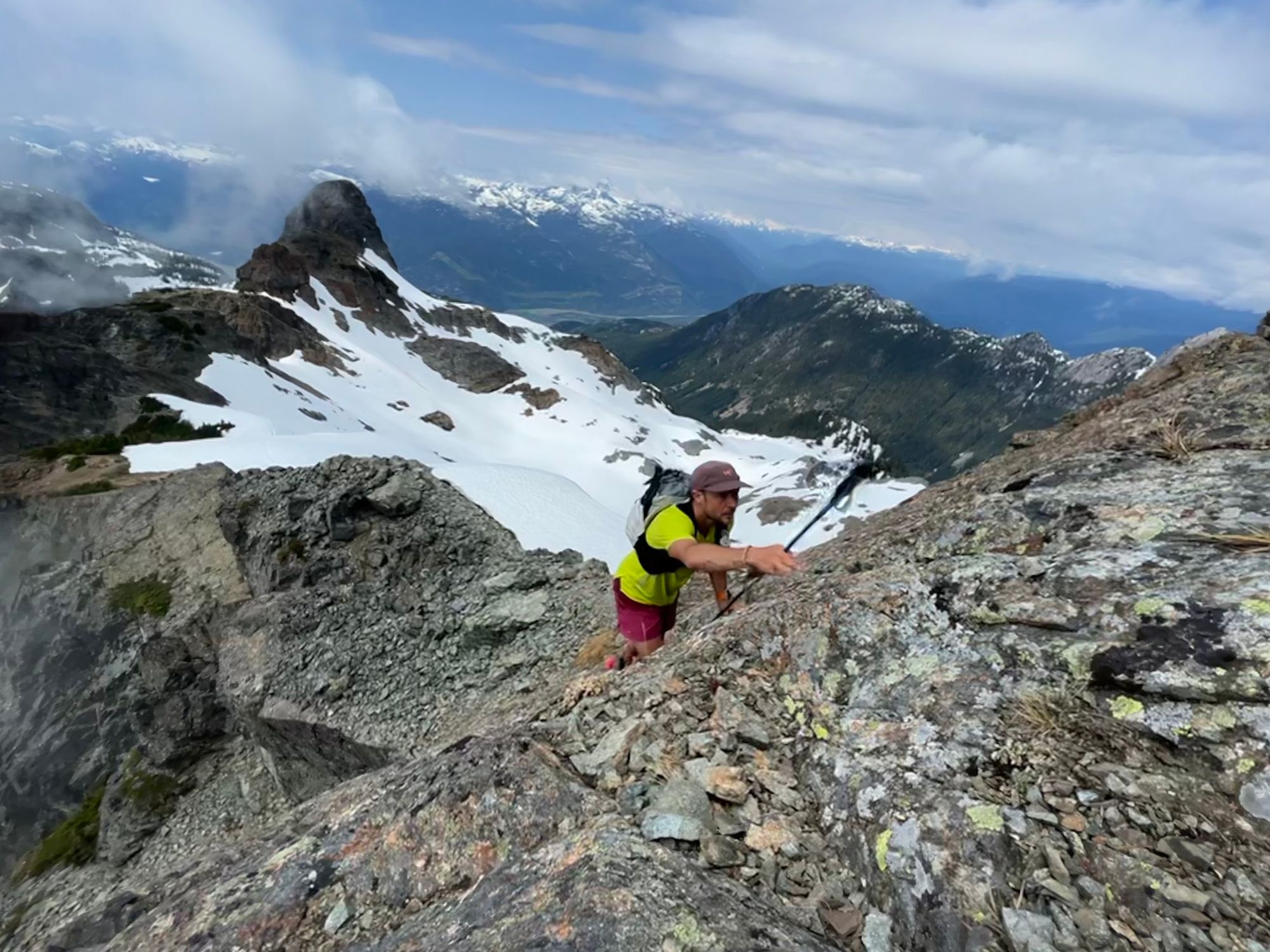
What's Next?
This will be our last conditions update of the season (yes we're sad). Don’t worry though as emails will start back up again as soon as snow starts to fly in the alpine this fall. You'll be the first to know when we get out skiing! We'd love to hear what you think of the first year of conditions reports as well as a few other things so please click this link and take our quick, anonymous survey!
Paid supporter accounts will be paused for the summer. No need to worry about being charged! You'll have the option to restart in the fall. We'll also be sending out an email later in the summer detailing some of the new things we have planned for our supporters. There will be several advantages - of note right now is that you’ll be the first folks to get invites when we open up our ‘23/‘24 season trip and course schedule. More to come here!
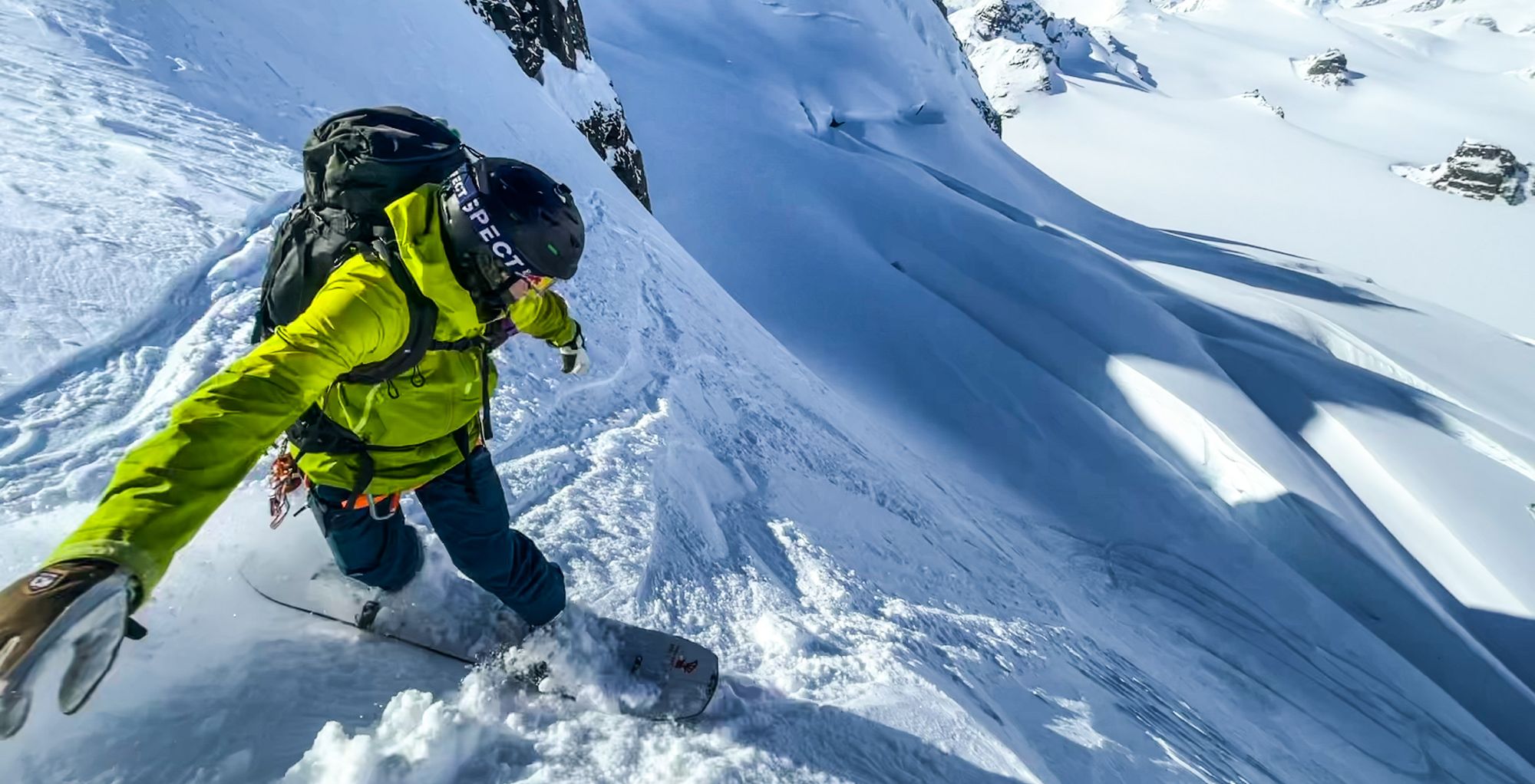
Thanks for sticking with us this season and we can't wait to get things rolling again in a couple months! When you do finally hang up the boards, don't forget to put on a layer of storage wax and take the batteries out of your beacon! Enjoy the summer (or at least tolerate it)!
Eric & Evan
Eric Carter and Evan Stevens contributed to this report. For more information, check out Zenith Mountain Guides and our local avalanche forecast. This update is supported by SkiUphill Squamish - the best stop for ski touring equipment in the Coast Mountains!
Use this information at your own risk! We are not responsible for your actions in the backcountry and things change rapidly from when this report was written!
Member discussion